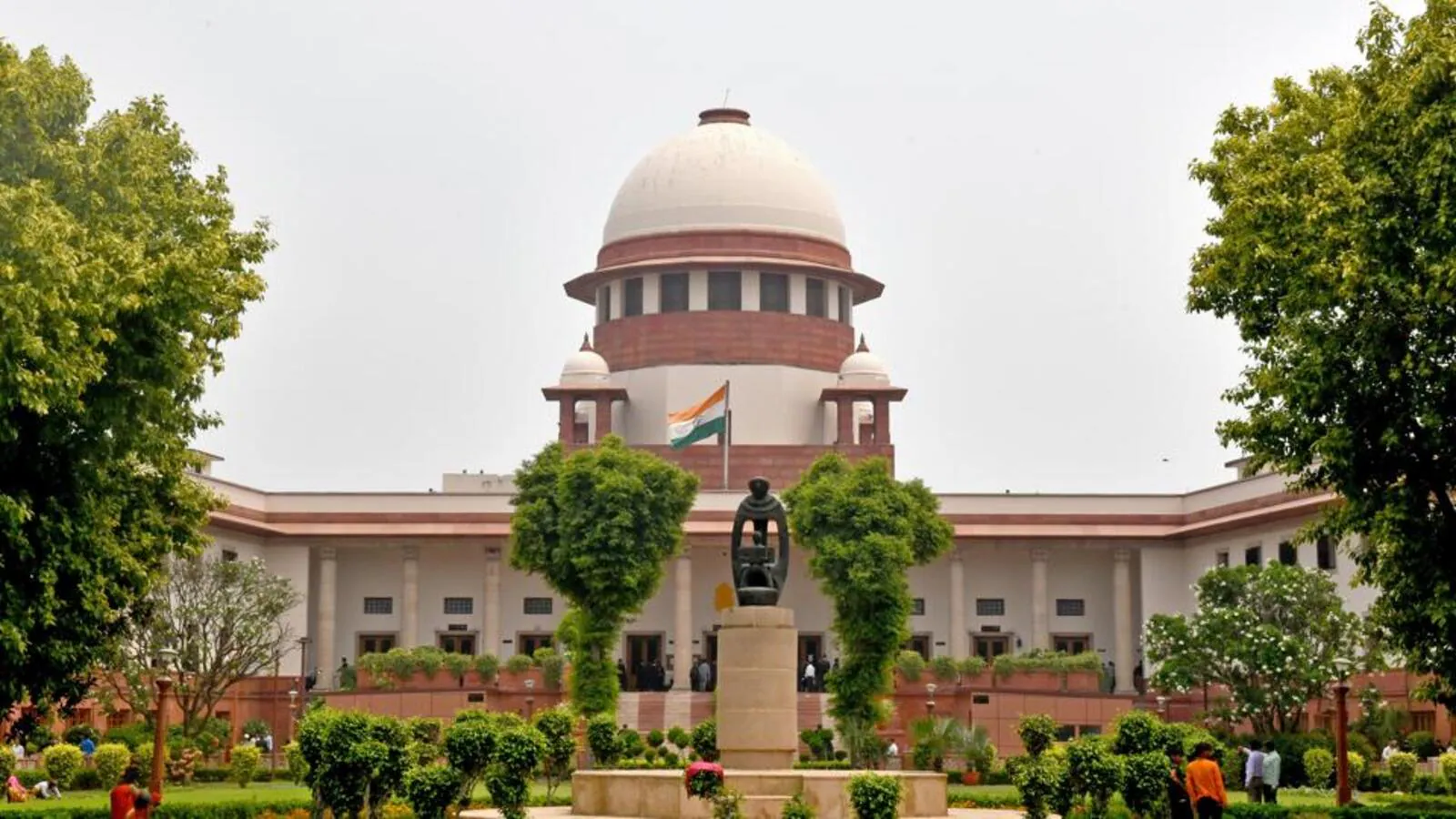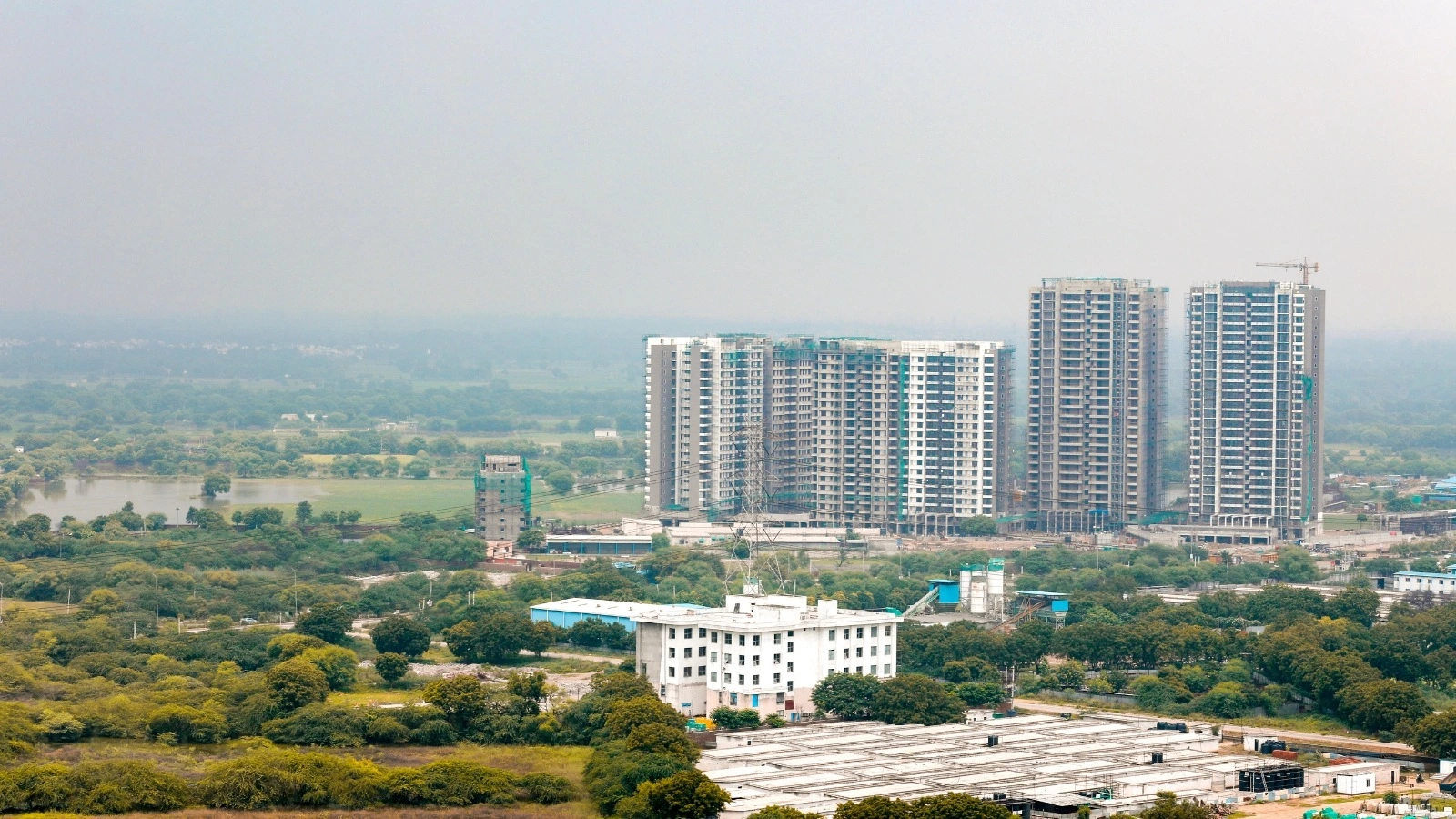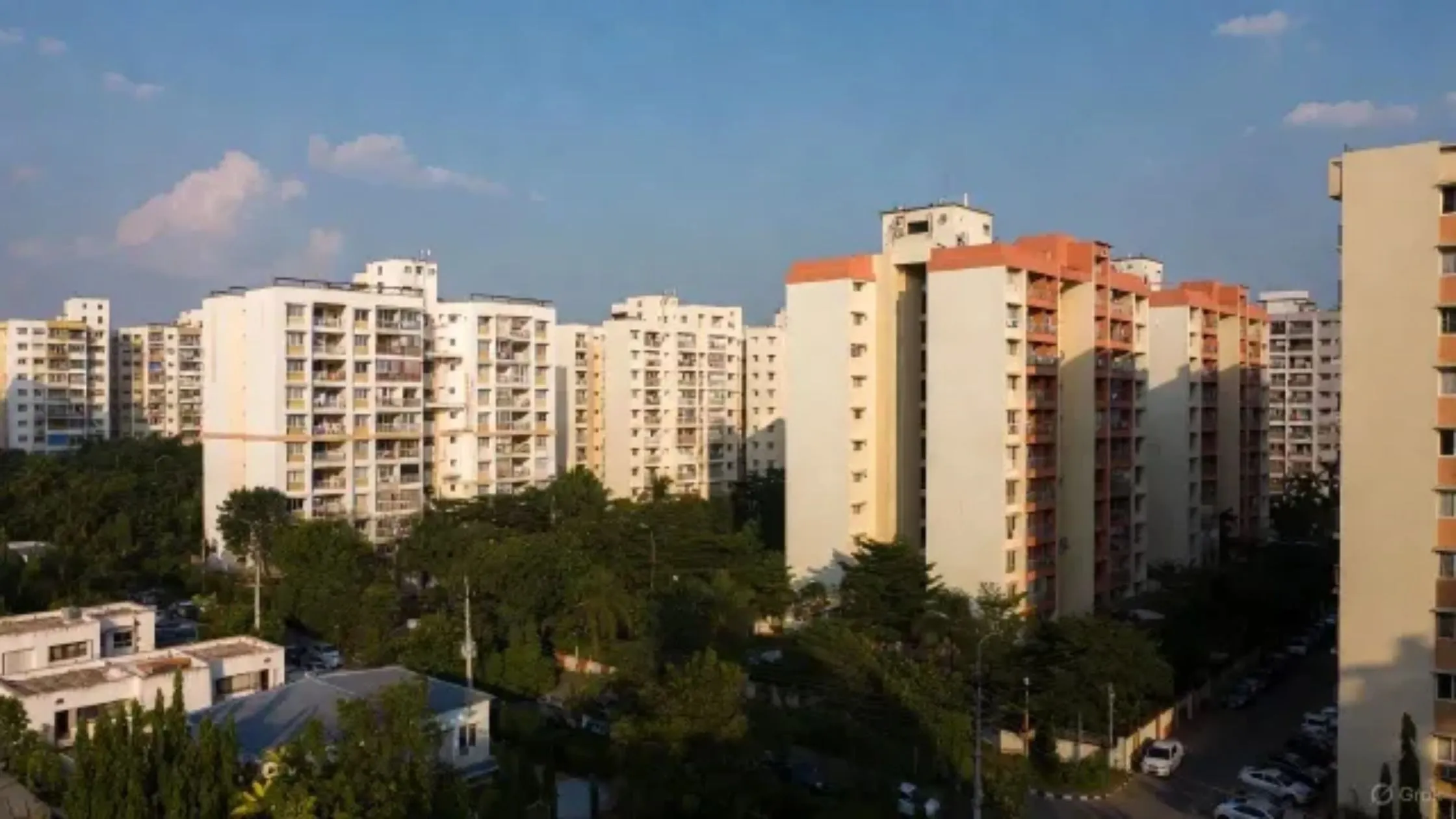Table of Content
In a pivotal judgment with far-reaching implications for construction and environmental regulation, the Supreme Court has upheld the January 29 notification issued by the Ministry of Environment, Forests and Climate Change (MoEFCC), while striking down the exemption clause that aimed to exclude certain large-scale projects from mandatory environmental scrutiny. This ruling reinforces the need for robust environmental safeguards in India’s urban and industrial development plans.
Background: The Contested January 29 Notification
The notification in question sought to amend the Environment Impact Assessment (EIA) 2006 regulations by exempting industrial sheds, educational institutions, hostels, and other large-scale construction projects from the requirement of obtaining prior Environmental Clearance (EC). Specifically, the clause permitted exemptions for projects with built-up areas of up to 150,000 sq m, significantly higher than the 20,000 sq m threshold previously enforced under EIA norms.
This move was met with legal opposition from Mumbai-based environmental NGO Vanshakti, which filed a Public Interest Litigation (PIL) in the Supreme Court. The petition challenged the legality of exempting such massive construction activities from the purview of environmental assessments.
Also Read: Supreme Court Green Signal Revives 493 Stalled Projects in Mumbai, Pune
SC’s Key Observations: Sustainable Development First
Delivering the verdict, a bench comprising Chief Justice B R Gavai and Justice K Vinod Chandran emphasized the importance of intergenerational equity in natural resource use. The bench ruled that projects exceeding 20,000 sq m of built-up area, whether industrial, educational, or otherwise, must not bypass the EIA framework.
“Natural resources are to be held in trust for future generations. Development must occur, but with utmost precaution to minimize environmental degradation,” noted CJI Gavai.
The court also dismissed the rationale behind granting exemptions to educational and industrial structures, noting that such institutions today operate at commercial scales and must not be shielded from regulatory scrutiny.
What the SC Upheld and What It Struck Down
The Supreme Court upheld the MoEFCC’s right to issue regulatory updates but struck down Clause 8 of the January 29 notification, which allowed certain projects to escape EC obligations. The court clarified that the regulation must be uniformly applied to all constructions exceeding the 20,000 sq m threshold.
Additionally, it struck down portions of earlier amendments from 2014 and 2016 that supported local environmental cells under municipal bodies, citing jurisdictional ambiguities.
Implications: A More Transparent and Accountable Process
This judgment ensures continued oversight of large-scale construction, restoring the role of Central and State-level environmental bodies like the Central Expert Appraisal Committee (CEAC) and SEIAAs in regulating real estate, educational, and industrial developments. It closes a potential loophole that could have led to unchecked expansion in eco-sensitive zones.
Environmental advocates see this ruling as a significant victory for sustainability, especially given rising concerns over air and water pollution, urban heat islands, and loss of green cover in India’s cities.
Legal Precedent and National Scope
The judgment also affirmed that the MoEFCC cannot practically evaluate all projects at the central level and supported state-specific evaluation through SEIAAs. The decision will uniformly apply across India, including states like Kerala, which had seen similar legal interventions in the past.
Notably, the court's decision invalidates the January 30 follow-up memorandum that had extended exemptions to private universities and warehouses, reinforcing that no sector is beyond environmental accountability.
Also Read: Is UP’s Co-Developer Policy the Solution to Stalled Housing Projects?
Conclusion
The Supreme Court’s judgment upholding the environment ministry notification, minus the controversial exemption clause, marks a milestone in environmental jurisprudence. As India races toward rapid urban and industrial growth, the ruling underscores the need for ecological prudence.
SC upholds environment ministry notification not only ensures continued checks on large projects but also sends a clear message: development must not come at the cost of environmental integrity. For planners, developers, and policymakers alike, this serves as a firm reminder to prioritize sustainability at every stage of project implementation.
Follow AquireAcers Whatsapp Channel to Stay Updated With The Latest Real Estate News








Ans 1. The notification issued by the Ministry of Environment aimed to amend the EIA 2006 rules by exempting large-scale construction projects—like industrial sheds, hostels, and educational institutions from prior Environmental Clearance (EC) if they had built-up areas up to 150,000 sq m. This was a significant jump from the earlier 20,000 sq m limit.
Ans 2. The court ruled that allowing such large projects to bypass environmental scrutiny violated the principles of sustainable development. It emphasized that all projects above 20,000 sq m must undergo EIA, regardless of their type, as they have significant environmental impact.
Ans 3. The PIL was filed by Vanshakti, a Mumbai-based environmental NGO, which argued that exempting large constructions from environmental assessments would harm ecosystems and reduce regulatory accountability.
Ans 4. The court upheld the ministry’s authority to issue environmental regulations. However, it clarified that such regulations must align with the principles of environmental protection and cannot arbitrarily exempt certain project types from scrutiny.
Ans 5. Developers must now ensure that any project with a built-up area exceeding 20,000 sq m goes through mandatory Environmental Clearance processes, even if it's an educational or industrial project. This restores uniform regulatory oversight.
Ans 6. The SC affirmed that State Environmental Impact Assessment Authorities (SEIAAs) remain competent bodies for project-level approvals, ensuring decentralised yet standardised environmental regulation across India.
Ans 7. Yes, the judgment also invalidates the January 30 memorandum that extended EC exemptions to private universities and warehouses. The court made it clear that no construction type can be excluded from EIA solely based on usage.
Ans 8. The ruling sets a strong legal precedent for environmental accountability and closes loopholes that could have led to unregulated urban expansion. It reinforces the idea that growth must be ecologically sustainable and legally compliant.